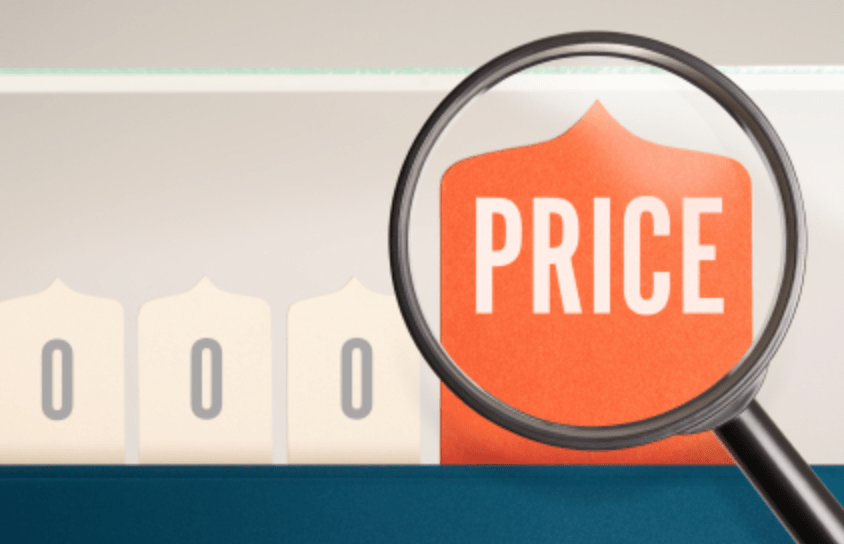Shopping online has become the norm. And those of us who shop online often would know how fast prices change and fluctuate. If you don’t seal that deal in 10 minutes, it’s gone! But that doesn’t seem to be the case with retail stores that dot every major city. We all know what competitive pricing is, but what exactly is happening in retail stores when prices are being set or changed?
One might start to reason that retail stores are likely to keep their prices at par with their competitors. This is to say that they will alter them such that the products they’re selling are priced slightly lesser, then the same products the competitor is selling. But that isn’t always the case.
This is because expense is just one of the many factors that influence the price set on certain products by retailers. Here’s all that goes into this very complicated and impressive industry.
Profiting
One must not forget that retailers are in the profit business. They’re in it to make a profit off of the products they sell. This is why deciding the price is a crucial step. This is where retailers decide the cost of producing a certain product. This is divided into cost of goods and operating expenses.
The final price should be both these costs with at least some minimum added profit. One cannot sustain a business by selling products below their cost value. Now what are some of the strategies that retail owners apply?
- Competitive Pricing
This isn’t to say that retailers simply make their items cheaper. Customers will shop around for good prices, because there are that many options. However, a good customer service experience can’t be beat. A lower cost is a part of the strategy. Sometimes, prices are higher than competition. This is acceptable when the retailer has a limited stock, or products that no other retailer carries, or they have an exclusive location.
- Psychological Pricing
This is something you don’t see coming because that’s exactly what this method is supposed to be. This kind of pricing strategy is based on customer behaviour research and is very successful for most retailers. Chances are, you’ve been a part of this kind of pricing. It’s interesting to note how retailers price products most often ending with the figures 5, 7, or 9. This is because a price tag of 9.75 is perceived as 9, and not 10.
- Discount Pricing
Every retailer knows that their customers love a good discount. This is done in the form of coupons, seasonal promotions, rebates, and the end of the stock sale. The products that are priced low often result in almost no profit to the retailer. The idea is that when customers visit for the discounted products, they’re likely to purchase other products too. This usually makes up for any loss of profit. This is another strategy that employs consumer and customer psychology.
Dynamic Pricing: The New High
Nothing beats online stores when it comes to dynamic pricing. Also known as surge pricing, this is a flexible mode of pricing, in that it alters the cost of products depending on the ability of the customer to purchase them. It also keeps in mind the current state of the market.
Amazon probably comes to mind. There is so much data and research on customer buying habits that dynamic pricing is making a huge come back. But this is a first time it’s going to grace retail shops. The first thing it would require is electronic price tags, whereas most retail stores use paper tags. Manually changing each and every tag is a hectic challenge.
This isn’t to say that customers are at a disadvantage. They may in fact benefit as much as the retailer because the price will be dependent on the shopping habits of every individual. Shopping becomes a personalized and customized event. And finally, brick and mortar retail stores will be able to bridge the huge existing gap between them and the online retail world.


